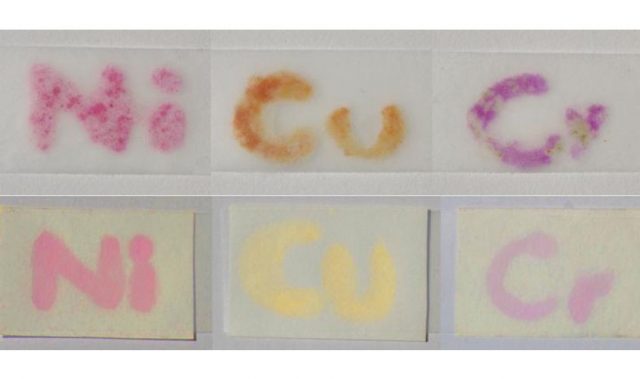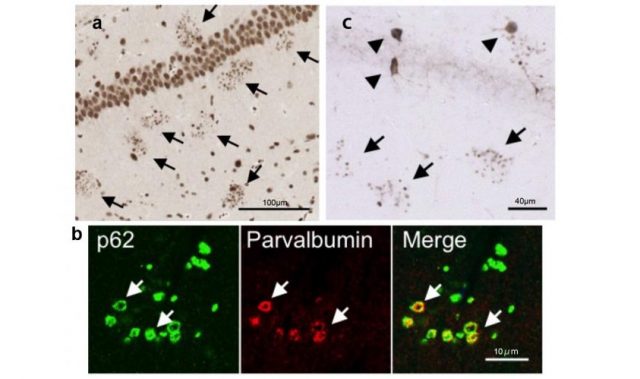
AsianScientist (Jun 16, 2014) – Researchers have discovered the gene that could be responsible for impaired mental function in children born with intellectual disability. Published in the journal Human Molecular Genetics, the study shows that the gene TUBB5 is essential for a healthy functioning brain.
Led by Dr. Julian Heng from the Australian Regenerative Medicine Institute (ARMI) at Monash University, the team showed that the disruption of the TUBB5 gene in mice caused changes to neurons that ultimately resulted in defective synaptic signalling. These changes were attributed to modifications of the microtubule skeleton in the neurons.
“TUBB5 works like a type of scaffolding inside neurons, enabling them to shape their connections to other neurons, so it’s essential for healthy brain development. If the scaffolding is faulty, in this case if TUBB5 mutates, it can have serious consequences,” Dr. Heng said.
These new findings build on an earlier study of three unrelated patients with microcephaly, a rare brain disease in children, which found that they all had mutations in TUBB5.
The work may potentially lead to new information about the causes and possible treatments for other brain developmental syndromes, including autism, a condition that affects as many as 1 in 160 children.
“By learning what these scaffolding proteins do to help neurons make brain circuits, we might be able to pinpoint the underlying causes of a wide range of brain disorders in children, and develop more targeted treatments,” Dr. Heng said.
Scientists believe that this knowledge, combined with regenerative medicine techniques, could also aid the replacement of neurons in times of brain injury or disease. The next phase of the research will be to develop a working model to better understand how TUBB5 can be targeted for gene therapy.
The article can be found at: Ngo et al. (2014) TUBB5 and its disease-associated mutations influence the terminal differentiation and dendritic spine densities of cerebral cortical neurons.
——
Source: Monash University.
Disclaimer: This article does not necessarily reflect the views of AsianScientist or its staff.












